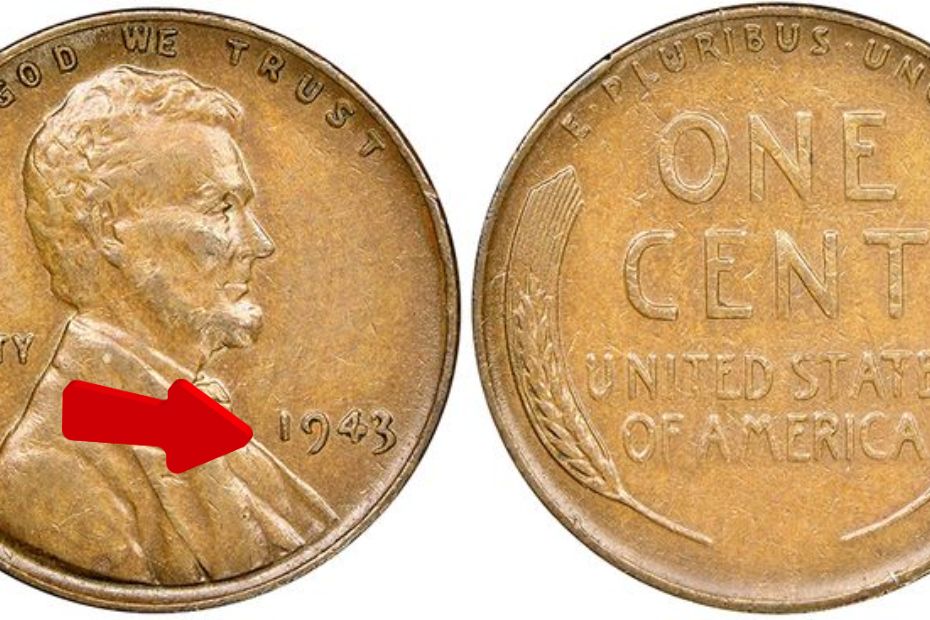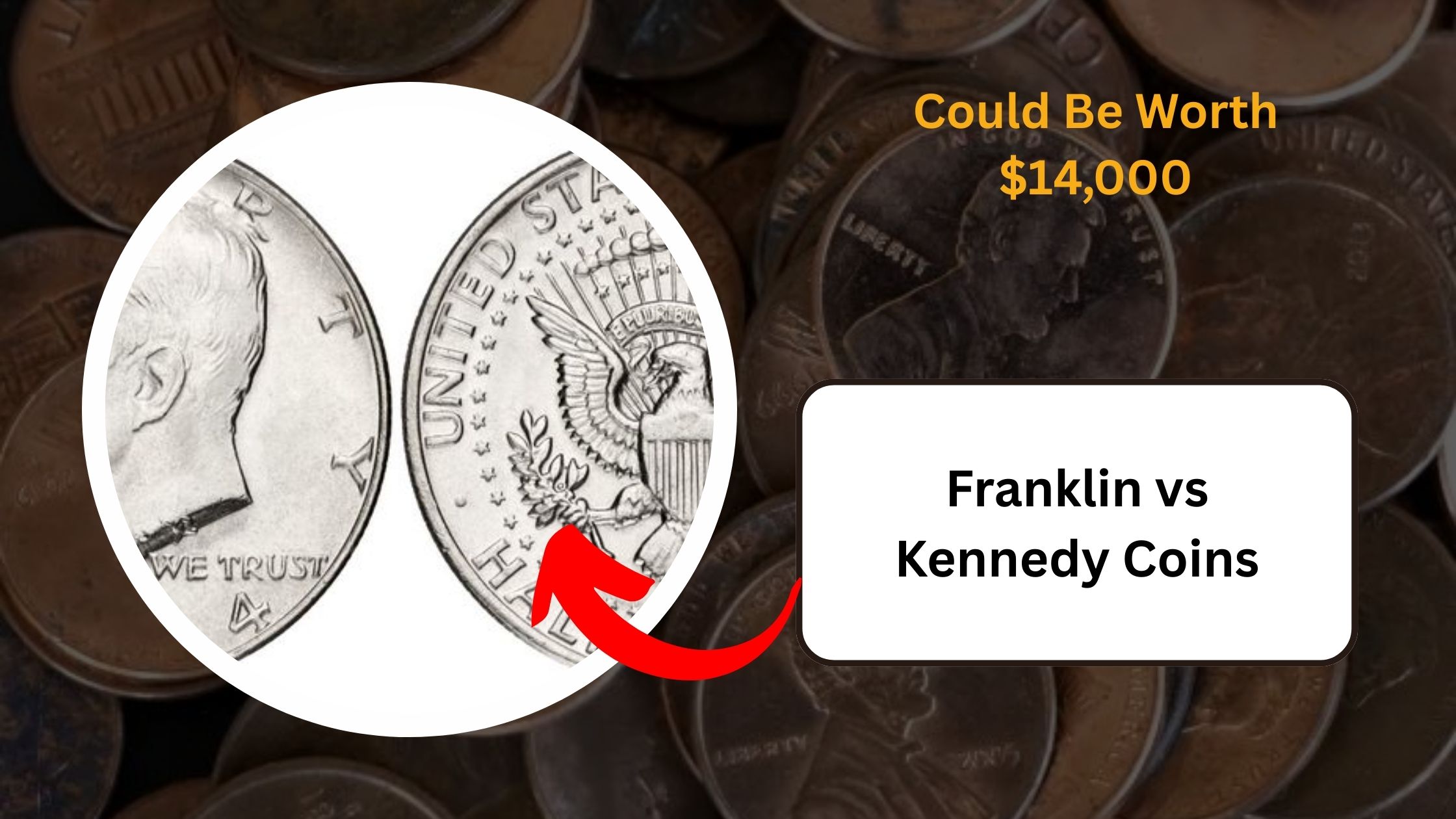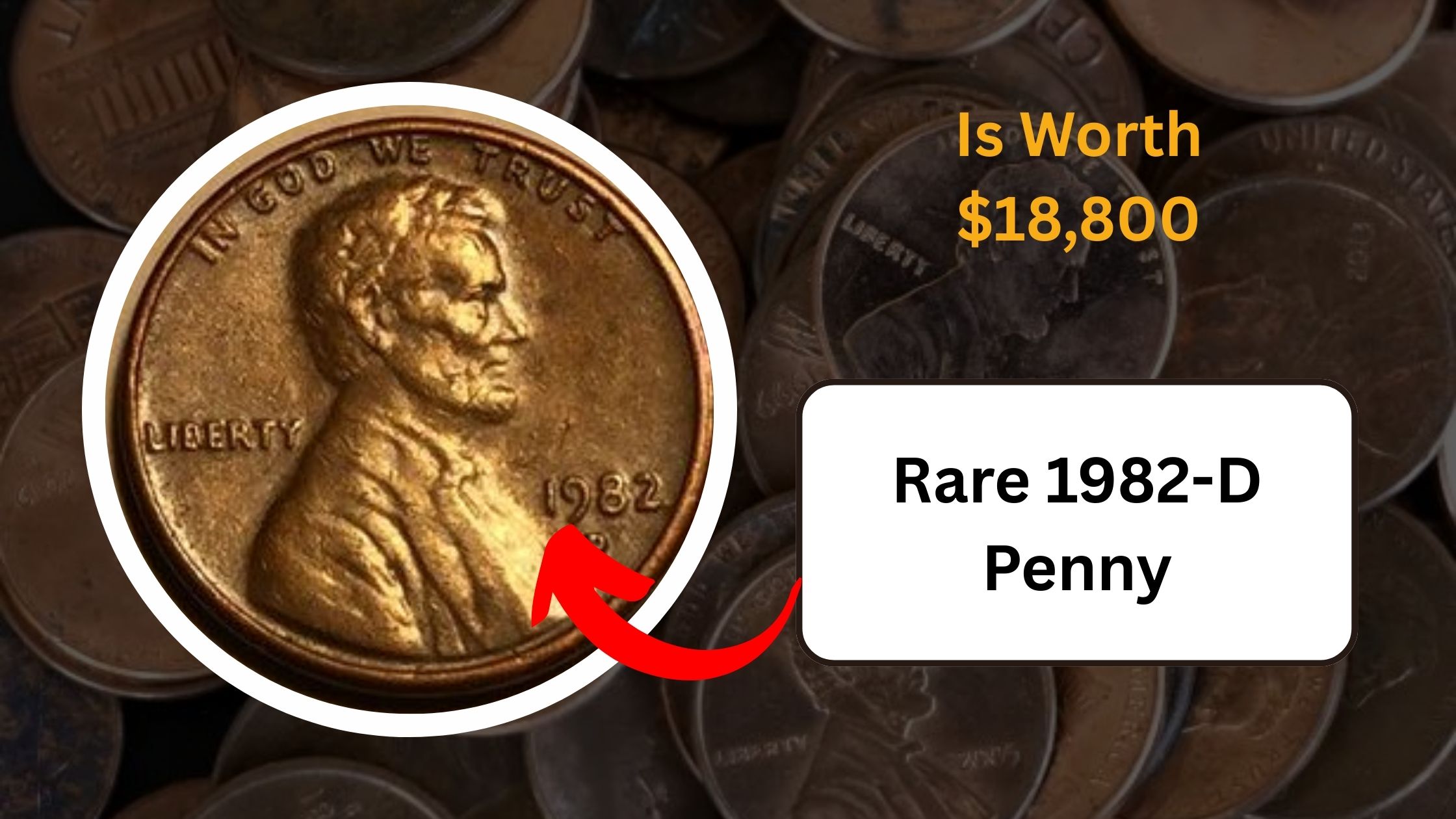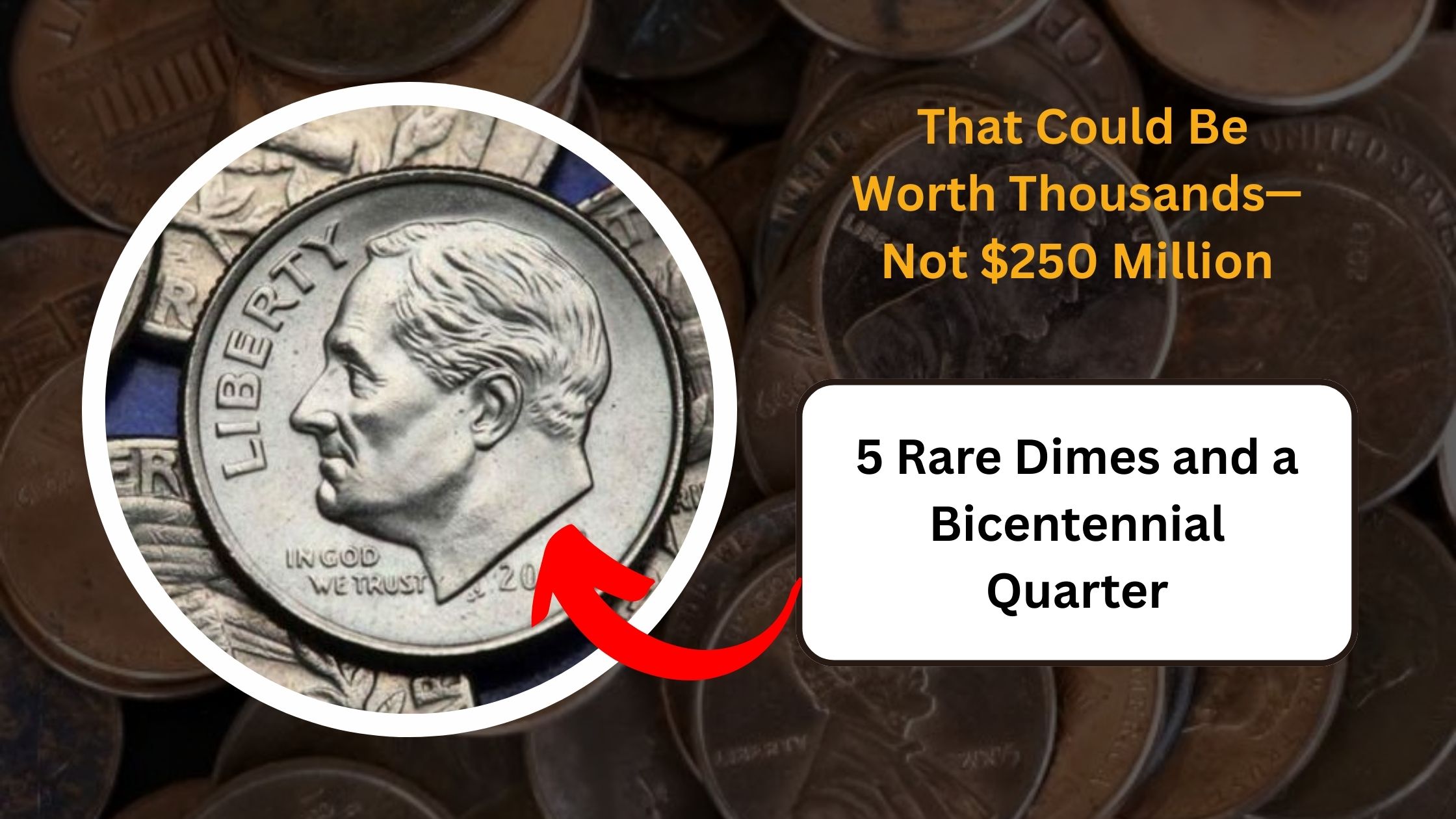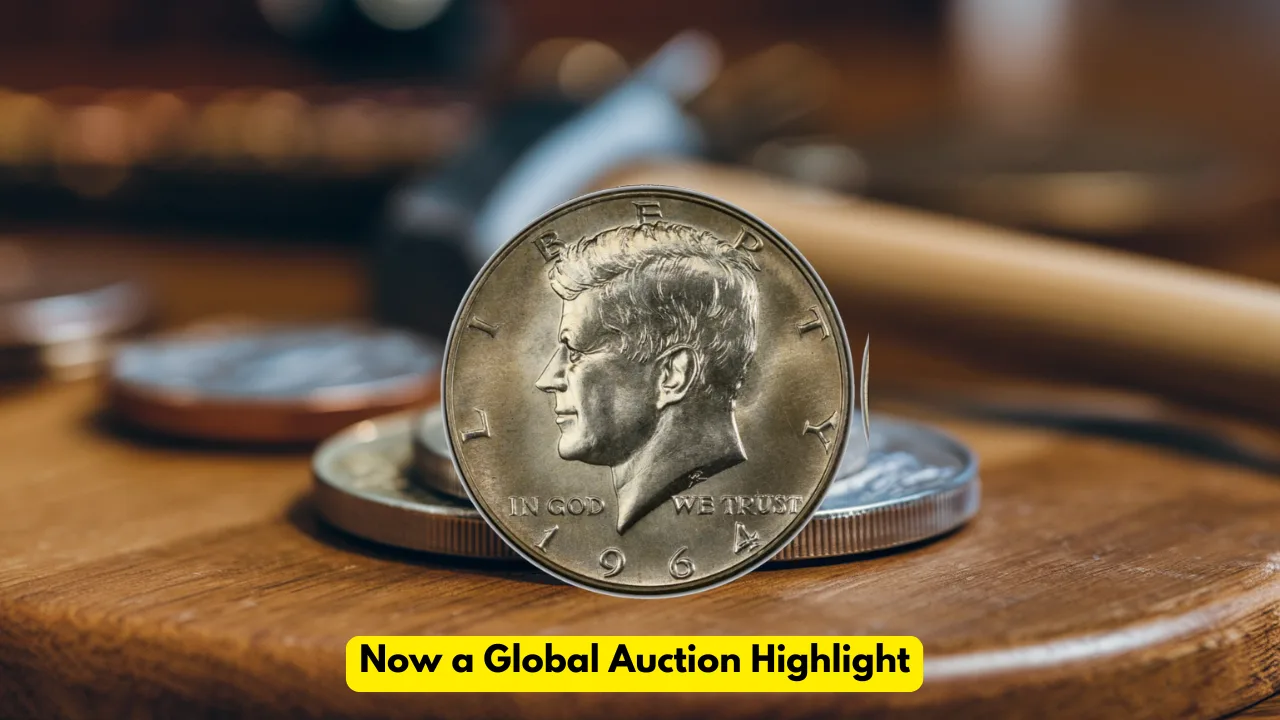The 1943 steel Lincoln penny is one of the most unique coins in U.S. history. It was made during World War II when copper was needed for the war. So, for just one year, the U.S. Mint made pennies out of steel instead of copper.
This gave the penny a shiny silver-gray color and made it magnetic—something most other U.S. coins aren’t!
Why Was the 1943 Steel Lincoln Penny Made?
During World War II, the military needed copper to make bullets and other equipment. To help out, the U.S. Mint stopped using copper in pennies for one year and used zinc-coated steel instead. This change saved a lot of copper for the war.
The steel penny was made at all three main mints:
- Philadelphia (no mint mark)
- Denver (“D” mint mark)
- San Francisco (“S” mint mark)
More than 1 billion steel pennies were made in 1943!
What Makes the Steel Penny Different?
Even though it looks different, the design stayed the same. Abraham Lincoln is still on the front (obverse), and wheat ears are on the back (reverse).
But here’s how it changed:
- Material: 99% steel with a thin zinc coating
- Color: Silver-gray instead of the usual copper
- Weight: About 2.7 grams (lighter than regular pennies)
- Magnetic: Yes! Because it’s made of steel
Unfortunately, the edges weren’t coated, so the coins often got rusty over time. That’s why nice-looking ones are harder to find today.
Why Did People Complain?
The steel penny looked a lot like a dime, which caused confusion when people were paying for things. Also, some vending machines didn’t work properly with steel coins. On top of that, many of the coins started rusting quickly.
Because of all these problems, the Mint switched back to copper in 1944. They used leftover brass shell casings from the military to make the new pennies.
Are Steel Pennies Worth Anything Today?
Yes! The 1943 steel Lincoln penny is popular with collectors.
- Circulated (used) coins are worth about 10 to 25 cents.
- Uncirculated (like new) coins can be worth $1 to $5 or more.
- High-grade coins with no rust and sharp details can be worth $10 to hundreds of dollars.
- A few rare 1943 pennies were accidentally made from copper instead of steel. These are extremely valuable, selling for hundreds of thousands—or even over $1 million!
How to Spot a Real 1943 Steel Penny
Here are 4 easy checks:
- Use a magnet – real 1943 steel pennies stick to magnets.
- Check the color – they should be silver-gray, not brown or reddish like copper.
- Look at the date and mint mark – under the date, you may see a “D” or “S.” If there’s no mark, it’s from Philadelphia.
- Weigh it – steel pennies weigh about 2.7 grams.
Conclusion
The 1943 steel Lincoln penny is more than just a coin—it’s a piece of American history. It reminds us how the country came together during war, even changing our money to help.
Whether you’re a serious collector or just curious, this unique silver penny is always a fun find!
FAQ’s
Q1: Why was the 1943 steel penny made?
A: The U.S. Mint made it during World War II to save copper for military use.
Q2: Is a 1943 steel penny rare?
A: Most are common, but a few rare ones made from copper are worth thousands.
Q3: How can I tell if my 1943 penny is real steel?
A: Use a magnet! Real 1943 steel pennies will stick to it.
